Gametogenesis - bthsresearch
advertisement
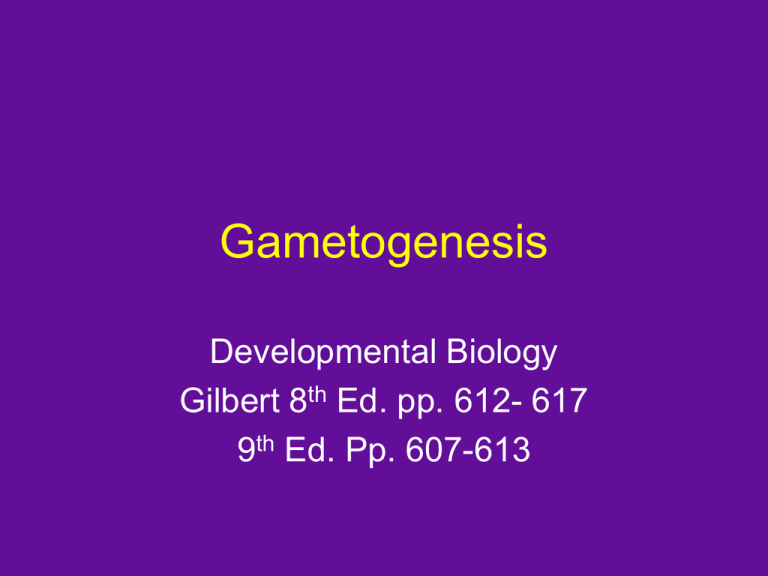
Gametogenesis Developmental Biology Gilbert 8th Ed. pp. 612- 617 9th Ed. Pp. 607-613 Today’s Objectives • Identify the process by which meiotic divisions lead to both male and female mammalian games • Identify the following important components of the process of fertilization: gametes, spermatogonia, flagellum, tubulin, oocyte, pronuclei, vitelline membrane, zona pellucida Gametogenesis • Process of creating gametes • Germ cells are set aside early in development • Migrate to the gonad • Undergo meiotic divisions to make haploid germ cells Meiosis - A review • What is the ploidy of the somatic cell that will undergo meiosis to form gametes? • How many cell divisions take place? • What happens to the genome before the first division? • What are the phases in each meiotic division? • How many daughter cells are made? • What is the ploidy of those daughter cells? Gametogenesis in Mammals • Spermatogenesis – Process of producing sperm – Occurs in seminiferous tubules of the testes • Oogenesis – Process of producing oocytes – Occurs in ovaries Spermatogenesis 1) Spermatogonia are the germ cells that will eventually develop into the mature sperm; the first step in this development is the duplication of homologous chromosomes to get ready for meiosis 2) Primary spermatocyte :the first meiotic division separates the homologous chromosomes from each parent 3) Secondary spermatocyte :the second meiotic division separates the 2 chromatids and creates 4 haploid cells 4) Spermatids: Will produce 4 sperm cells by the process of spermiogenesis. Sperm cells differentiate into the shape we commonly know(will talk more about structure next time) Simplified view of spermatogenesis Spermatogenesis (more detail - don’t memorize!) When are sperm made in mammals? • In males, the spermatogonia enter meiosis and produce sperm from puberty until death. • The process of sperm production takes only a few weeks. • 100 to 500 million sperm can be released at once. Oogenesis 1) Oogonia are the germ cells that will eventually develop into the mature oocytes 2) Primary oocyte : Undergoes the first meiotic division, separating homologous chromosomes 3) Secondary oocyte :the second meiotic division separates the 2 chromatids and creates 4 haploid cells 4) Egg: • In females, it produces 1 egg and 3 polar bodies. This allows the egg to retain more cytoplasm to support early stages of development • Simplified view of Oogenesis When does Oogenesis occur in mammals? • In females, this process is more complex than in males • The first meiotic division starts before birth but fails to proceed. • In humans, the second meiotic division occurs just before the actual process of fertilization occurs. • Thus, in females, the completion of meiosis can be delayed for over 50 years. • This is not always good. • Why not? What could happen? • Only I egg produced per month (usually) • What event provides an example of a human the exception to this? • In addition, all meiosis is ended in females at menopause. In older women, failure of the homologous chromosomes to separate properly can cause genetic disease Down syndrome is trisomy 21. It results in short stature, round face and mild to severe mental retardation. This is the failure of the 2 chromatids to separate during meiosis 2. It results in one oocyte receiving 2 instead of 1 chromatid. In older women, long term association of chromatids (i.e., over 50 years) results in the axial proteins failure to separate. Down syndrome occurs with a frequency of 0.2% in women under 30 but at 3% in those over 45 years of age. # of female germ cells over time • Next time, we’ll examine the unique structure of each gamete
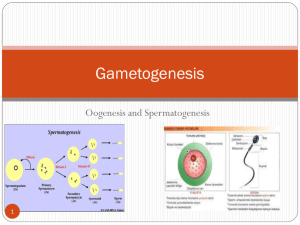
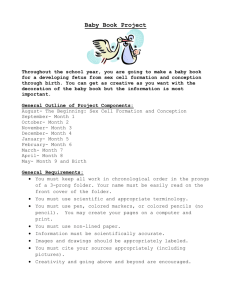
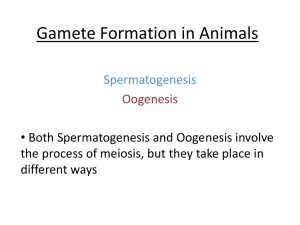
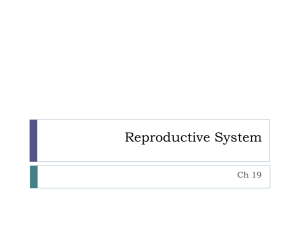
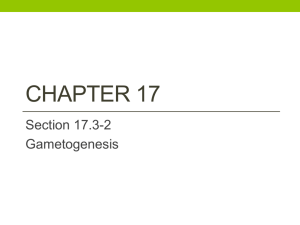
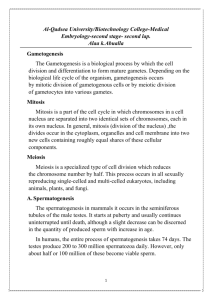
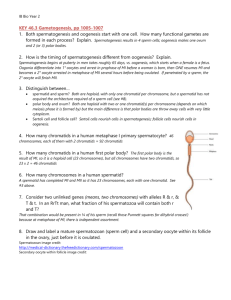
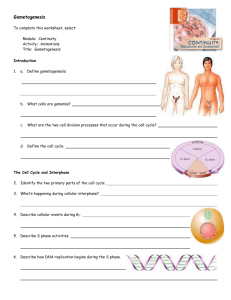
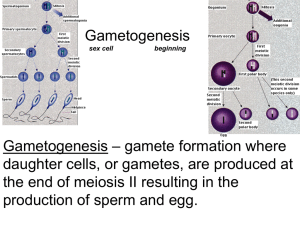
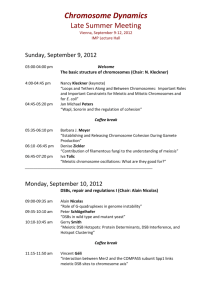
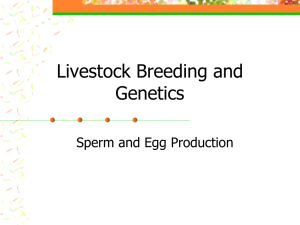
![Gametogenesis + Fertilization[1].](http://s3.studylib.net/store/data/008482401_1-8b1168b2201d2c785bae27019328f1ed-300x300.png)